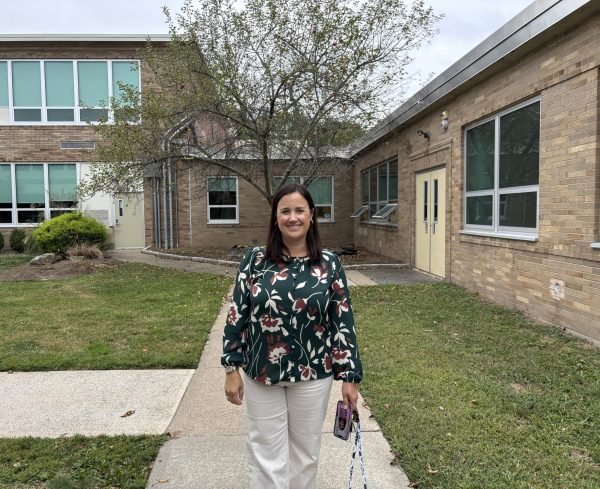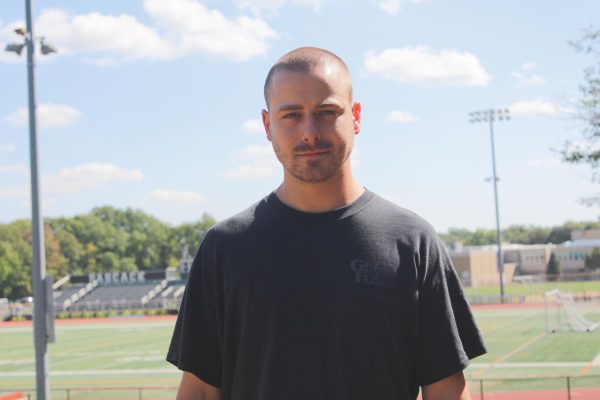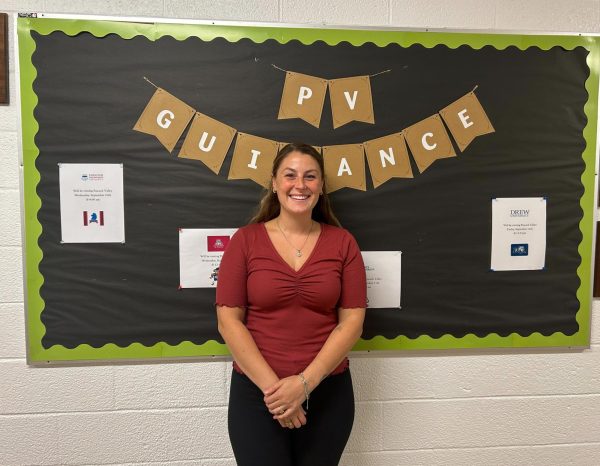District pilots delayed opening for Professional Development
The hallways were empty of students on Wednesday morning, as students reported to school at 10 a.m. Teachers used the morning for professional development.
On Wednesday Nov. 29, students reported to school at 10 a.m. instead of the usual 8 a.m.
Teachers still arrived at 8 a.m., as they had professional development in the morning.
According to Dr. Barry Bachenheimer, Director of Curriculum for the Pascack Valley district, the delay accomplishes a number of things.
“Number one, it gives students a little more sleep, because students often complain they are tired,” Bachenheimer said. “Number two, it gets teachers up first thing in the morning, and because we’re utilizing that block of Pascack Period time, no classes were impacted. Students do not lose any time with their teachers and still have all of their regular classes.”
This is the first year the staff development is taking place in the morning. In the past, there have been two days dedicated to professional development: Columbus Day in October, and Martin Luther King Jr. Day in January. In addition, the administration held a few 12 p.m. dismissal days in which the afternoon was used for the staff.
However, Bachenheimer decided to try something new this year.
Before making the decision, he spoke to students and staff who said that the half days were disruptive to their daily schedule.
“The feedback we’d gotten, especially from students who were involved in after-school clubs or athletics, is that it was really disruptive to their day because they were dismissed and then had to come back [for these after-school activities],” Bachenheimer said.
In addition, Bachenheimer said the noon dismissals were not easy for parents who work, as transportation became an issue.
This year, the professional development model for teachers has changed in a way that allows for the multiple delayed openings. This year, the teachers are involved in full-year Professional Development Learning Cohorts.
According to Bachenheimer, teachers form three-to-20 person groups to work on topics of their choice that they want to employ in their classrooms.
“To accommodate this model, which calls for multiple meetings of the same topic during the year, we needed to have these days throughout the course of the year,” Bachenheimer said.
There are two more days similar to this, one each in February and March.













